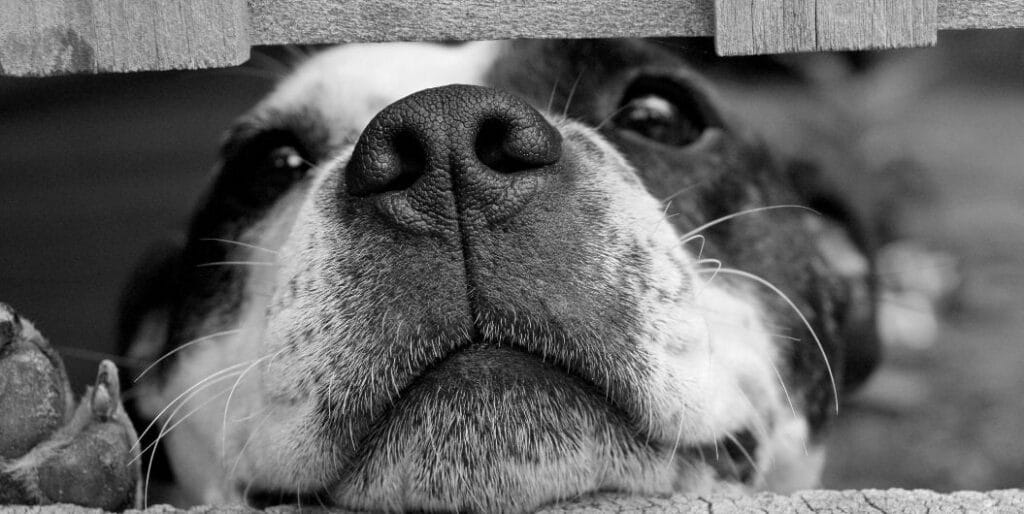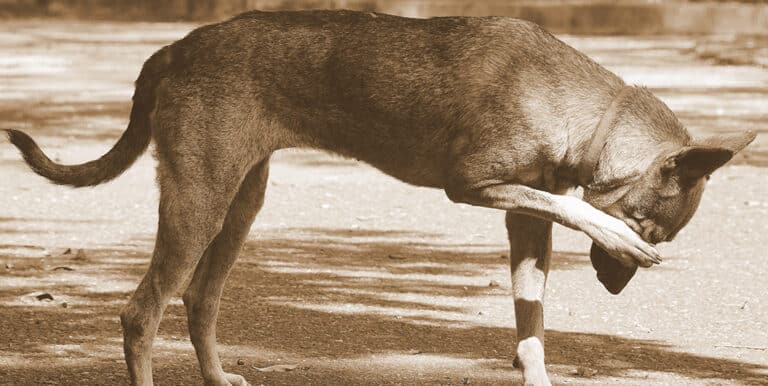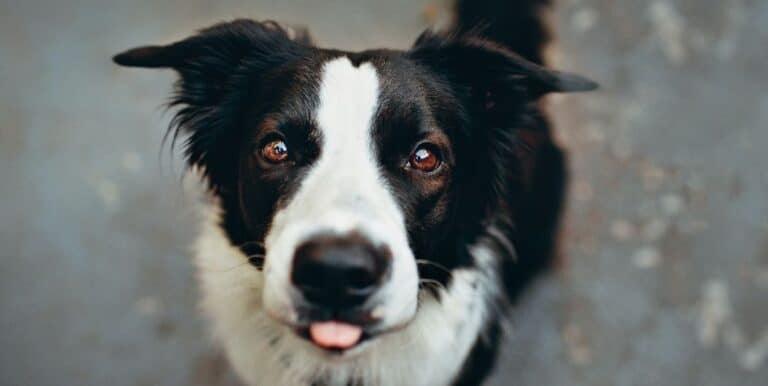How Do I Treat Dog Bee Stings?

Treating dog bee stings quickly is vital for fast healing without complications. The fast removal of the stinger is necessary to disrupt the flow of poison to the dog. The stinger can usually be removed by using a credit card or fingernail to scrape along the dog’s skin. To reduce the swelling of dog bee stings, apply an ice pack for 10 to 20 minutes at a time. A poultice made of baking soda and water can be applied to the area to soothe the dog’s skin and promote healing.
Sometimes an application of milk of magnesia will reduce itching from the sting. Hydrocortisone cream with aloe vera may also help to ease the pain and irritation. A paste of meat tenderizer and water applied to the area can help to break down the poison and reduce the amount of venom the dog is exposed to. An herbal preparation of lemon balm can be applied to the affected area to soothe irritation. You can also apply manuka honey to the bee sting, since it has antibacterial properties and helps to alleviate skin irritations.

Some symptoms can signal an immediate need to see a veterinarian. Severe symptoms include breathing problems, collapse, diarrhea, and vomiting. If you see any of these symptoms, it is critical to get veterinary attention quickly to prevent further injury. In the veterinary setting, treatment is focused on hydrating the dog, shock prevention, and protection of the dog’s vital organs.
Quick treatment of dog bee stings is necessary because dogs can be allergic to bee poison. Delayed treatment can allow more of the bee’s venom to enter the dog’s blood stream. If the dog seems to be having trouble breathing after a bee sting, you shold transport him to an emergency animal hospital immediately since this can indicate an allergic reaction. A few drops of Benadryl® added to a food treat and given to the dog may help to reduce the effects of the bee venom.
If the dog suffers bee stings after disturbing a hive, he is likely to have multiple stings. It is important to remember that bees are territorial and will aggressively swarm any intruders who disturb the hive. To prevent dog bee stings, make sure to steer your dog clear of any beehives. For multiple bee stings, consult a veterinarian immediately since a massive dose of bee venom could cause shock and organ damage to the dog. Without proper treatment, dog bee stings can be deadly.






